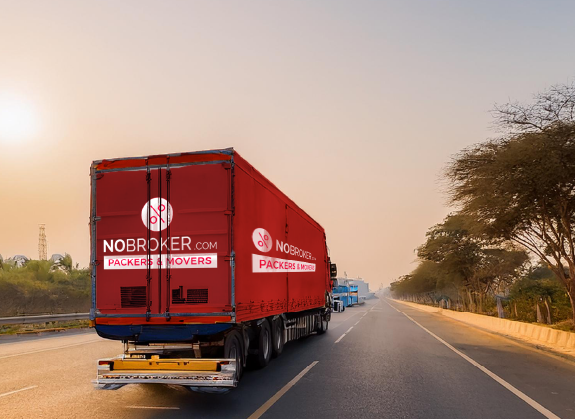Hey Pal,
While the majority of us do not pay any additional fees when making digital payments, the business does incur costs. You must pay a set charge, whether you are a local vendor or an internet business owner, to enable digital payments for your clients. The majority of this price is understood in terms of specific rates and fee components, such as MDR charges on credit card and debit card purchases, PSP fees, and several others.
Calculate your EMI on a home loan with the help of the NoBroker EMI calculator. With NoBroker's house loan services, you may get a stress-free home loan disbursement.What is the Merchant discount rate (MDR)?
The rate that businesses are charged for taking payments made by credit cards, debit cards, net banking, and digital wallets is referred to as the merchant discount rate. Before taking digital payments, the merchants must set up the service and consent to the rate set by the payment service providers.
Before accepting their services, the payment service provider and you, as the business owner, might agree to a specific MDR. The MDR for small and medium-sized firms is essentially the same. On the other hand, you can demand a lesser cost based on the total number of transactions you anticipate your clients will make.
You should also be aware that MDR is the reason why many retailers demand that customers pay with UPI rather than cards while making online purchases. UPI payments do not incur any processing fees, although accepting card payments incur fees in accordance with the appropriate MDR.
What is MDR charges on credit card India?The NPCI and banks have agreed to charge RuPay credit cards on the UPI network a 2% MDR, or merchant discount rate, of which 1.5% will go to the card issuing bank and 0.5% would be split between the RuPay network and the acquiring institution. For instance, the merchant will be charged Rs. 200 to accept a client payment of Rs. 10,000 made with a credit card when the MDR is 2%.
In 2017, the RBI updated the MDR billing mechanism and published a thorough FAQ on the subject. Banks are only allowed to charge a maximum of Rs 200 per transaction for both in-person and online transactions for smaller retailers with annual sales of up to Rs 20 lakh. Banks may charge 0.3% up to a limit of Rs 200 per transaction for QR code-based payments.
The RBI stated that banks may charge other merchants up to 0.9 percent MDR for POS and online transactions up to a limit of Rs 1000 and 0.8 percent MDR for QR code-based payments up to a maximum of Rs 1000 per transaction.
I would like to conclude here about the MDR charges on credit card. I hope this helps:)
Read More:
What is Merchant ID in PayZapp? What is millennia credit card? How to get a loan on a credit card?Your Feedback Matters! How was this Answer?
Shifting, House?
✔
Lowest Price Quote✔
Safe Relocation✔
Professional Labour✔
Timely Pickup & Delivery
Intercity Shifting-Upto 25% Off
Check Prices

Intracity Shifting-Upto 25% Off
Check Prices

City Tempo-Upto 50% Off
Book Now
Leave an answer
You must login or register to add a new answer .










What is MDR Charges on Credit Card?
Santosh
2190 Views
1
2 Year
2022-08-29T20:22:26+00:00 2022-08-29T20:22:27+00:00Comment
Share